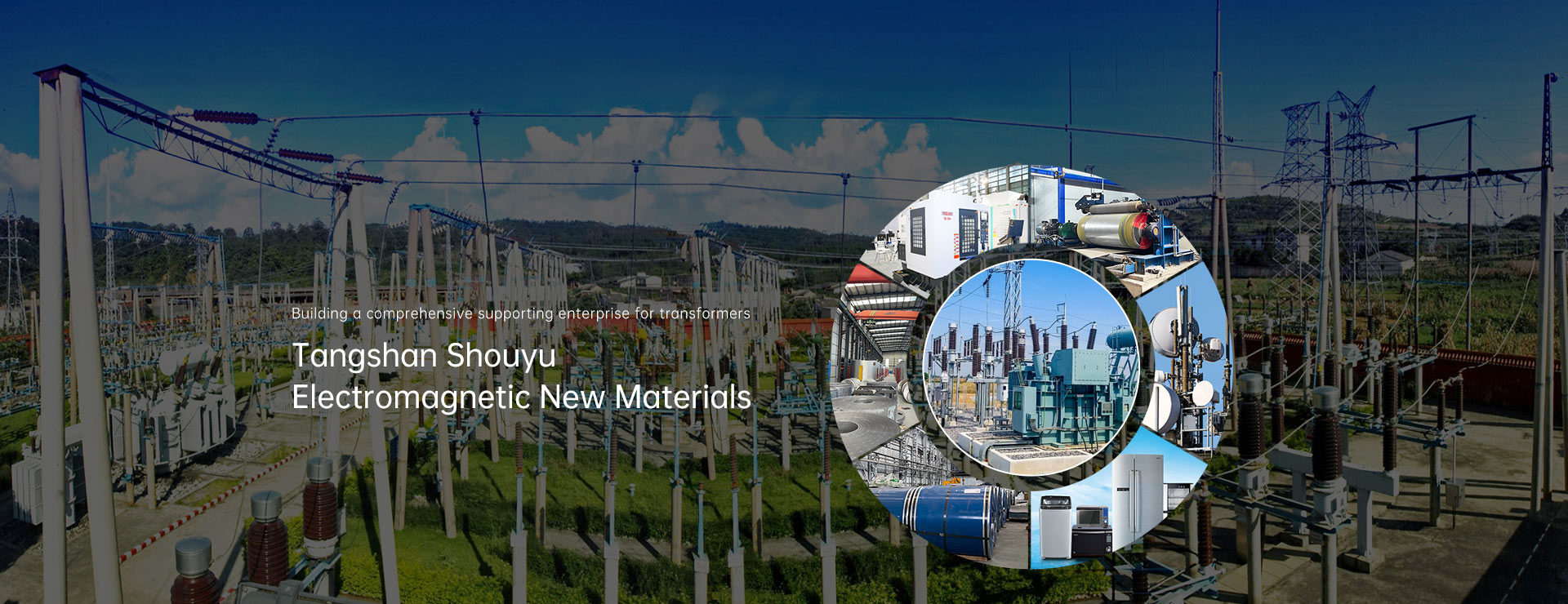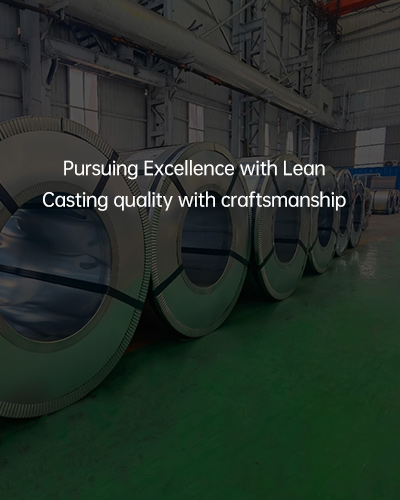- Different properties
Oriented silicon steel: Oriented silicon steel, also known as cold-rolled transformer steel, is an important ferrosilicon alloy used in the transformer (iron core) manufacturing industry.
Non oriented silicon steel: Non oriented silicon steel is a silicon iron alloy with very low carbon content, and its grains exhibit irregular orientation distribution in the steel plate after deformation and annealing.
- Different characteristics
Oriented silicon steel: The magnetism of oriented silicon steel has strong directionality, with the lowest iron loss value, highest magnetic permeability, and high magnetic induction value in the rolling direction under a certain magnetization field. The silicon content of oriented silicon steel is about 3%, and it requires a low content of oxide inclusions in the steel, as well as the presence of certain inhibitors (MnS, A1N).
Non oriented silicon steel: Non oriented silicon steel is a silicon iron alloy containing 0.8% -4.8% silicon, which is hot and cold rolled into silicon steel sheets with a thickness of less than 1mm. Adding silicon can increase the resistivity and maximum magnetic permeability of iron, reduce coercivity, core loss (iron loss), and magnetic aging.
- Different production processes
Oriented silicon steel: Oriented silicon steel is melted in an oxygen converter, and the steel billet is hot-rolled, normalized, cold-rolled, annealed in the middle, and cold-rolled twice to form a finished thickness. Then, it undergoes decarburization annealing and high-temperature annealing, and finally coated with an insulation layer.
Non oriented silicon steel: pre desulfurization of molten iron, secondary desulfurization by adding Ca0+CaF: flux or rare earth elements and calcium during converter blowing. Boiling steel is decarburized by vacuum treatment before further desulfurization. Select silicon iron with low titanium and zirconium content for alloying.
















 ICP Filing number:
ICP Filing number:

